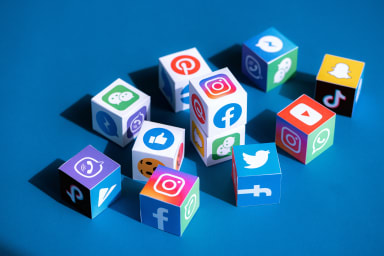When you work for yourself, you’ll have practically unlimited freedom for how and when you work. For most people, this is a blessing; you can work during hours when you feel most productive, and have plenty of time to take care of errands and personal responsibilities. But there’s a downside to this extra freedom; if you aren’t careful, your intended schedule can quickly become corrupted, and you’ll find yourself victim to some combination of distraction, procrastination, and unexpected developments, all of which compromise your productivity.
So what steps can you take to keep a stricter schedule when you work for yourself?
Set and Keep a Morning Routine
Your mornings are the most important part of the day, no matter what time you wake up. Waking up at a consistent time can help you feel refreshed (and maintain good sleep hygiene), and getting a good, productive start to the day can help you feel motivated and confident as you proceed with your other responsibilities.
Ingraining a morning routine also makes it easier to get started, and repeat that process each day, indefinitely. You won’t have to worry about forcing yourself to go through the actions—they’ll come naturally, as if you’re operating on autopilot. This effect is even more powerful if your morning routine includes mindfulness meditation, exercise, or some other health-boosting activity.
The hardest part is getting started. Your first week of establishing a new routine will be rough, but if you can keep it consistently, the rest will unfold naturally.
Use Gmail Reminders to Keep You on Task
You can also use reminders and alerts to keep yourself on task. For example, if you need to start working on a project by 3 pm, you can set an alert for 2:45 so you can wrap up whatever you’re presently working on, and switch tasks. Setting up Gmail reminders is easy, and especially useful if you have your email client open throughout the day. If you don’t use Gmail, you can set up alerts on your smartphone.
The key here is to set your alerts and reminders proactively. Consider establishing a loose schedule for the day’s events the night before each workday.
Consolidate Distractions
Your biggest threat is going to be distraction, which can come in many forms. If you work from home, you could be distracted by hobbies, family members, or forms of entertainment. If you work with others, you could be pulled into other meetings and conversations on a regular basis. Even if you work in perfect isolation, it’s easy to get distracted by incoming emails and phone calls.
The best way to deal with distractions is to consolidate them. Schedule several hours each day for heads-down time, during which you can focus on your most important work. During those hours, turn off all your notifications, shut your office door, and disconnect from the internet if you have to. Only allow yourself to be distracted on your own terms.
Did you know you can hire any one of the top registered agent services to accept legal notifications on behalf of your business? This can be a big distraction that’s completely taken off your plate.
Learn to Say No and/or Walk Away
Don’t forget the freedom that comes with being self-employed. You have the power to say no to things, or to walk away from events and people that are compromising your productivity. For example, if you’re trying to work on a project but an employee requests that you join them in a meeting, feel free to say no if you feel your time is better spent on the project.
If you’re in the middle of a conference call, but your input doesn’t appear to be needed, make up an excuse to get off the line. Be assertive, and only spend your time doing the tasks that really matter.
Everyone has a distinctive working style, so what works for other self-employed people may not necessarily work for you. Keep that in mind as you experiment with new strategies, and gradually work toward a more consistently productive schedule.
This article was written by Anna Johansson. Anna is the founder and CEO of Johansson Consulting where she works with businesses to create marketing and PR campaigns.






